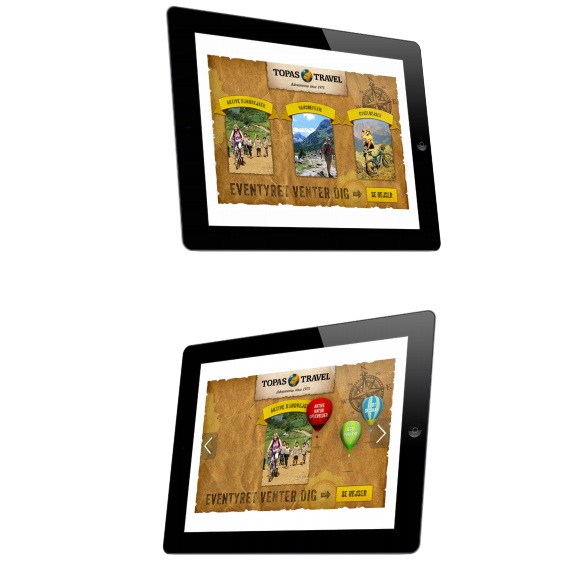
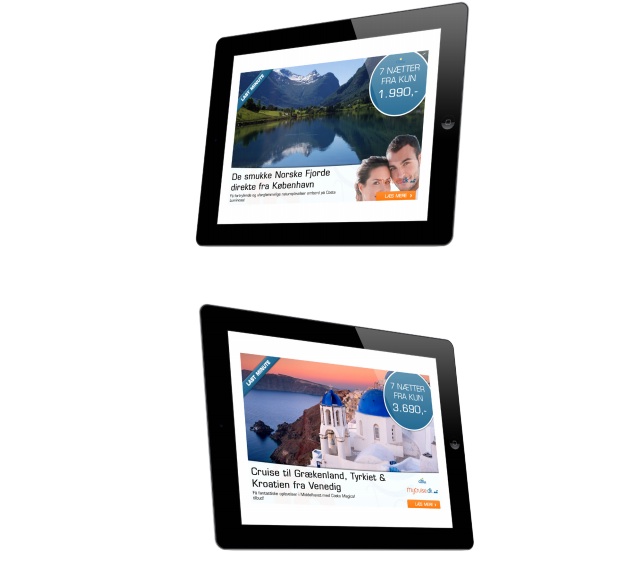
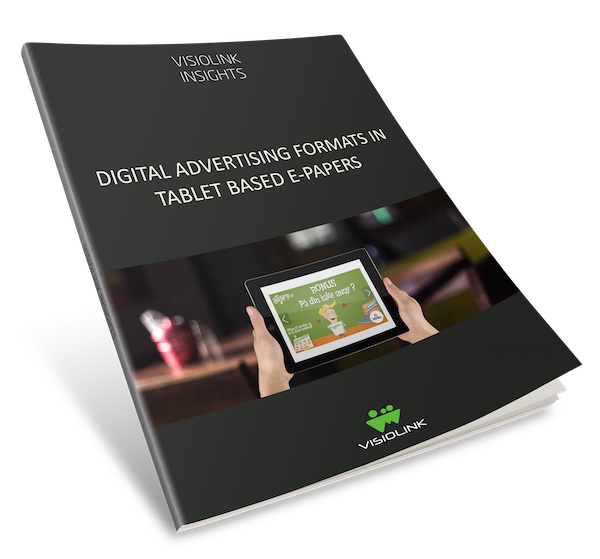
Some of the ads used in the study
For those of us who wonder why static ads continue to be such a present in platforms that are anything but static. For those of us who question the effectiveness of banner ads but who believe in the promise of native ads and incorporating storytelling strategies into advertising messages, there is now a study that sheds some light into the subject.
The study is a collaboration between those smart guys from Denmark’s Visiolink in cooperation with the Danish newspaper Jyllands-Posten and the creative ad agency OnAds,and the Department of Business Administration at Aarhus University. Together they have conceived and implemented a study of the recall and experience of digital ads, when reading tablet based newspapers in an approximated realistic situation.
Some highlights:
This is a study of an experimental implementation of a low cost approach for static, dynamic and interactive ads in the tablet-based version of one of the largest Danish newspaper Jyllands-Posten. In particular, the study concerns a comparison of the recall of digital ads compared to printed ads, and varying versions of digital ads with different types of static, dynamic and interactive possibilities.
Since the launch of the iPad in 2010, most media companies have introduced e-papers, often in combination with other digital offerings, with the aim of reaching both existing and new audiences.
Tablet ads get higher recall than equivalent print ads
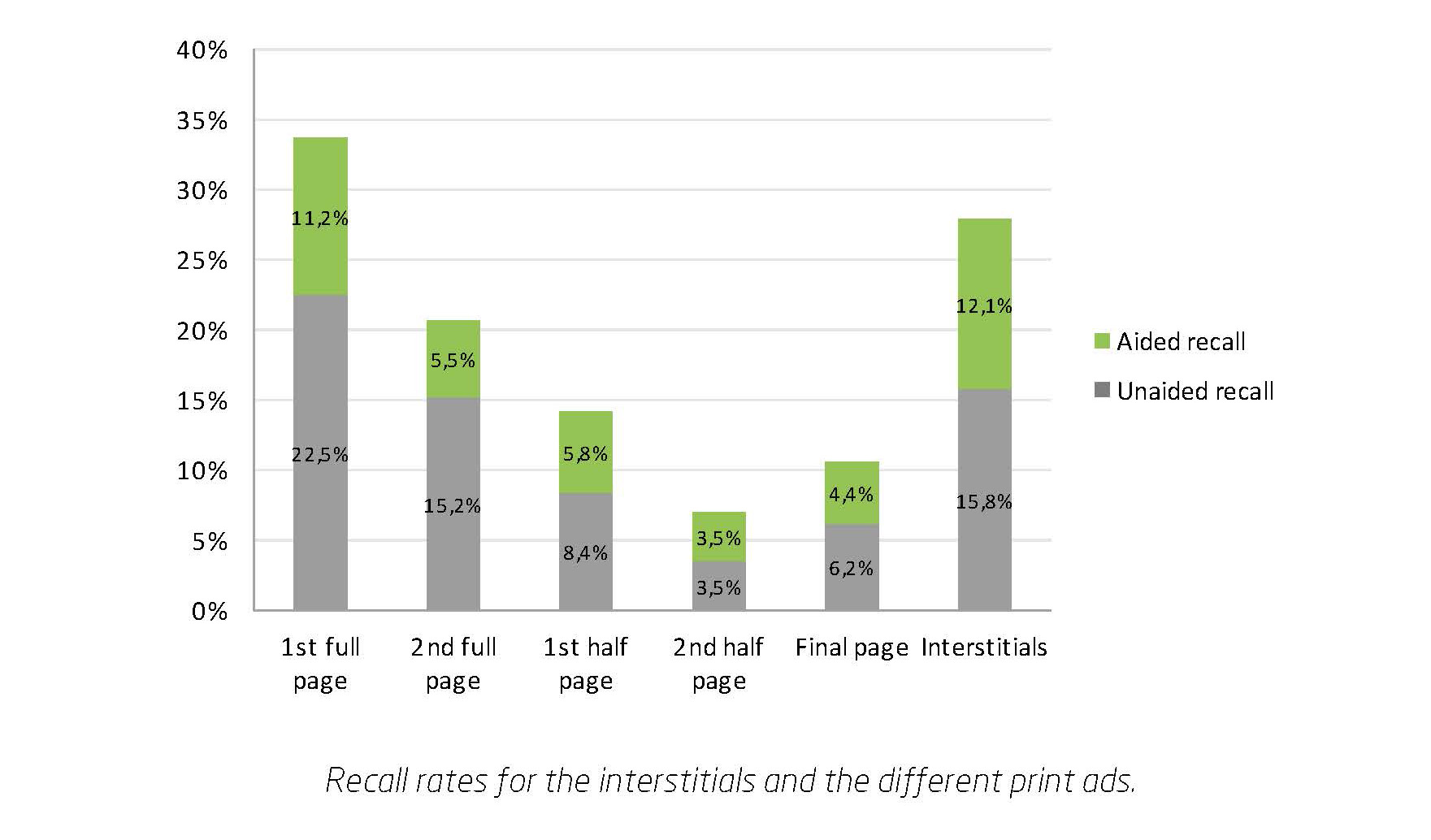
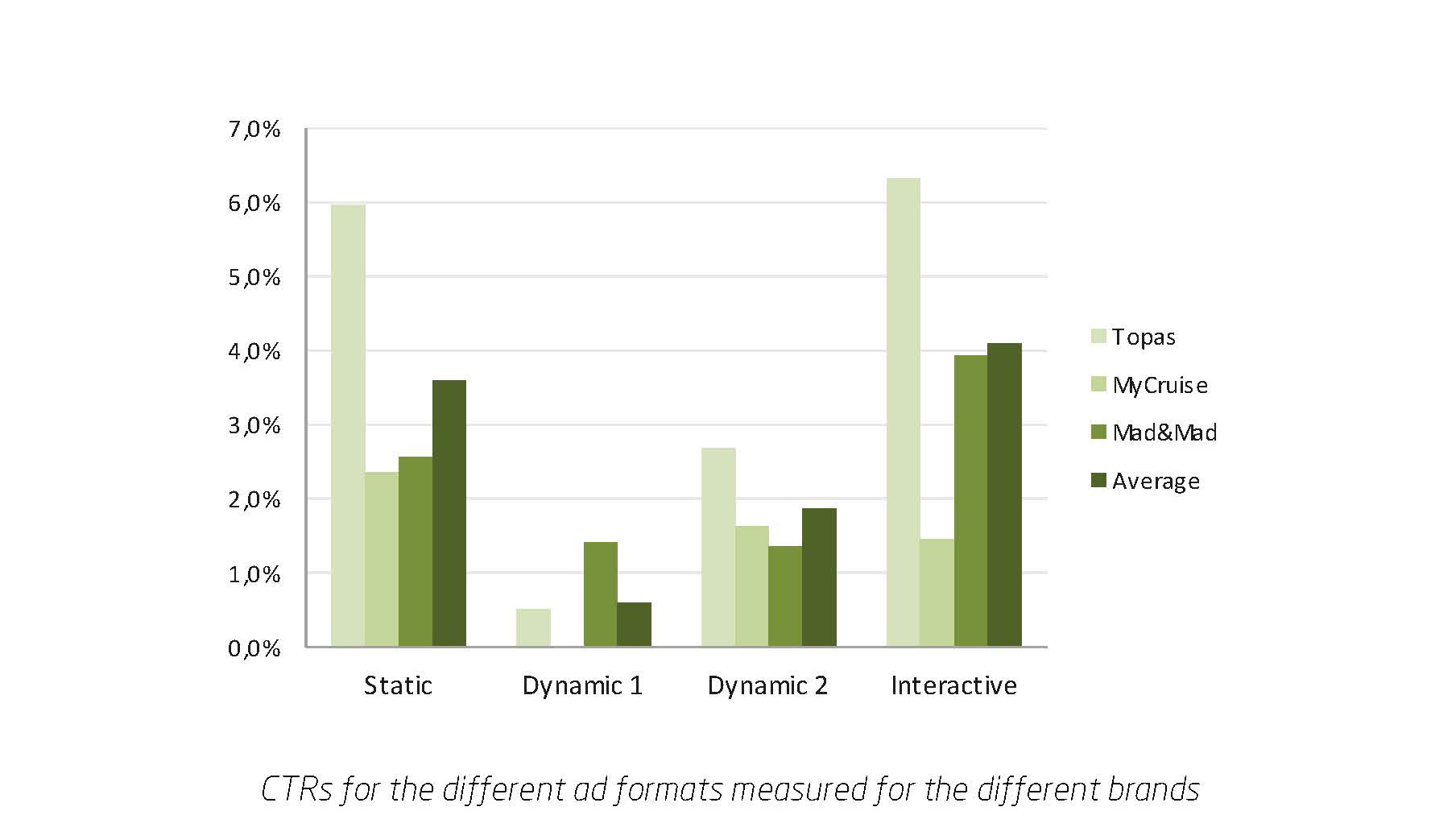
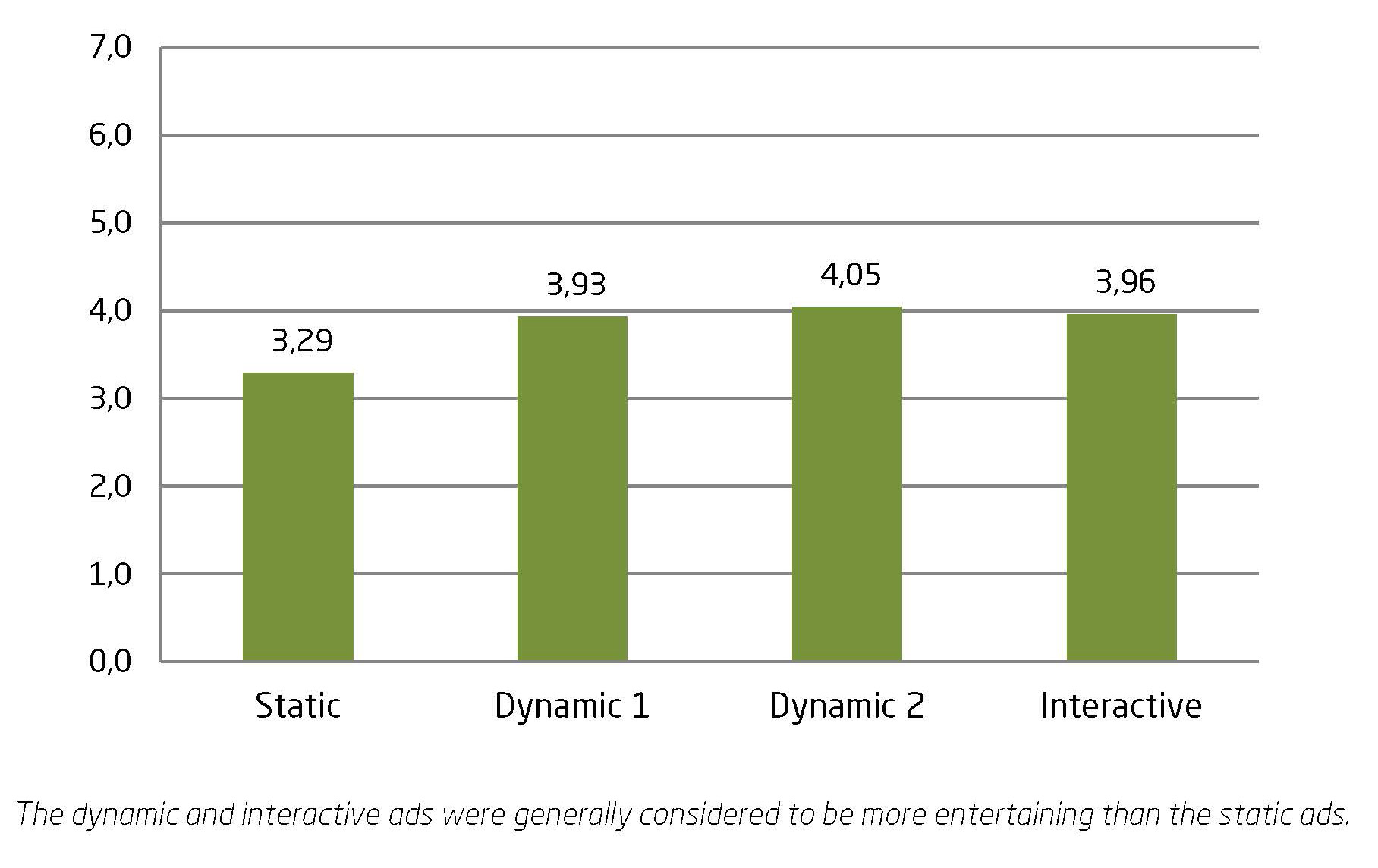
— The average recall for tablet ads is higher than that of printed ads in the same newspaper. When comparing within the same industry, this indication is further strengthened by the fact that 14% of respondents recalled the travel print ads, whereas 23% recalled the travel interstitials (only comparing the results from the six days where the former ad was present in the paper).
I asked Lars Ørhøj, Chief Marketing Officer at Visiolink to define “Interstitials”:
Interstitial means “in between” and refers to advertising inserted between a newspaper’s digital content. Interstitials function as digital, one-page adverts that are added between pages and are thus a natural part of the newspaper’s flow.
Good news for some print ads
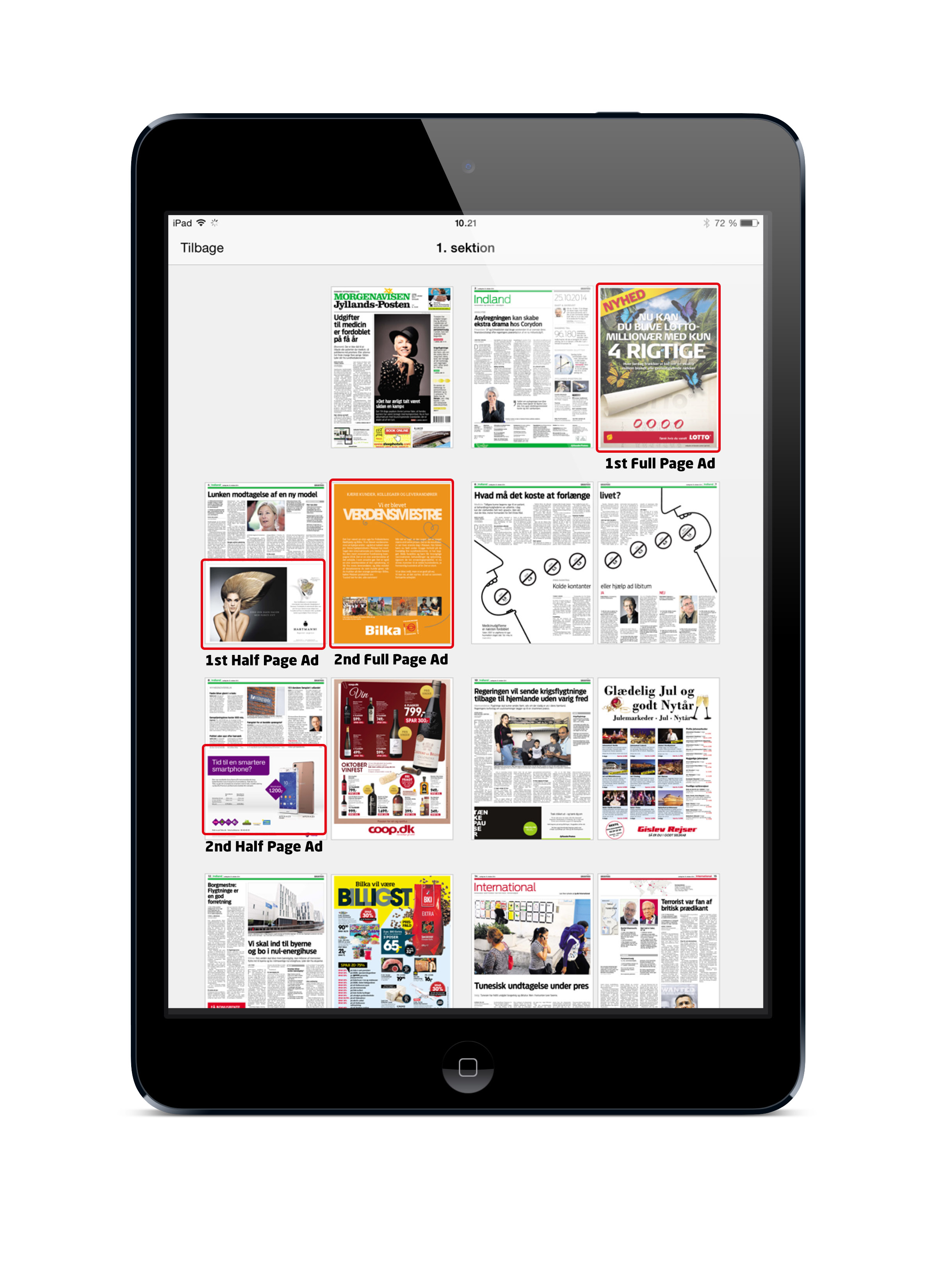
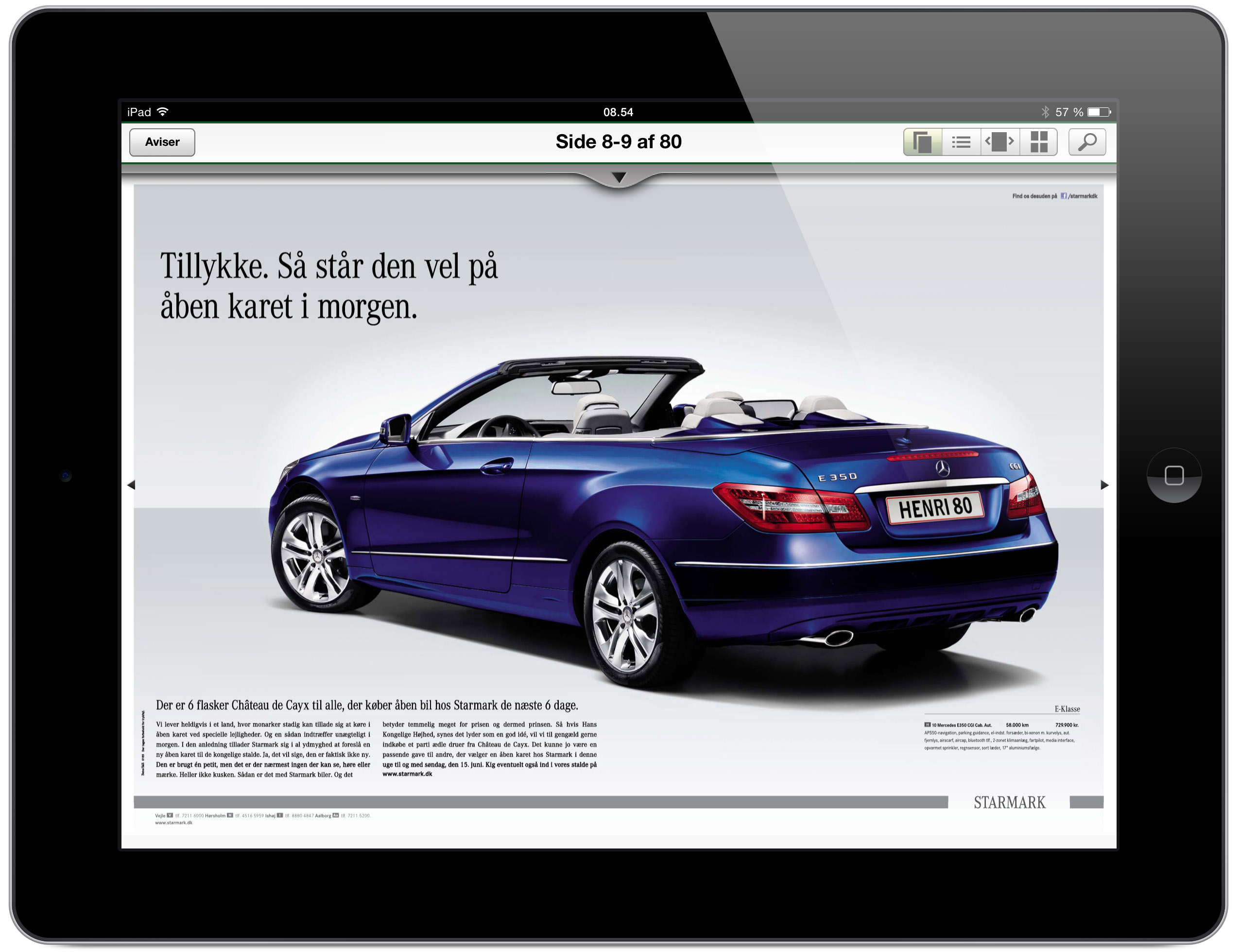
— Recall of the ads from the printed paper was greater for the larger ad formats (i.e. the full-page print ads) and for the first print ad in the paper. Also, in accordance with expectations, the respondents who reported that they knew the brands before being interviewed had significantly higher recalls compared to respondents who did not know the brands (and to whom these may be presumed to be less relevant).
-One specific print ad achieved significantly higher recall rates over all the other ads in the study. The ad was a double page spread (DPS) ad for Starmark, the leading second-hand Mercedes reseller in Denmark, and was published in the printed paper on June 10, the day before the 80 years anniversary of His Royal Highness Prince Henrik of Denmark.
Interactive ads keep the finger happy
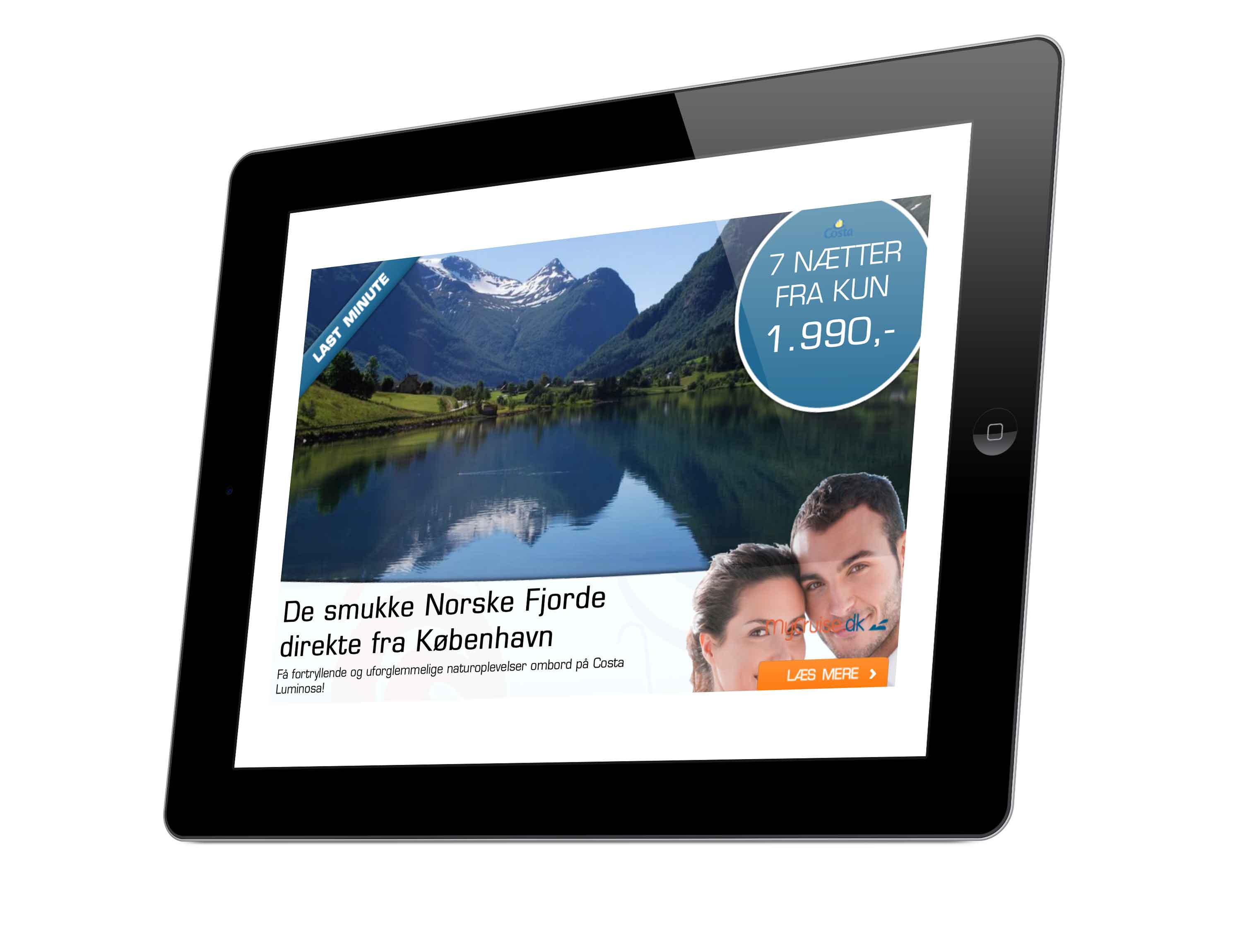
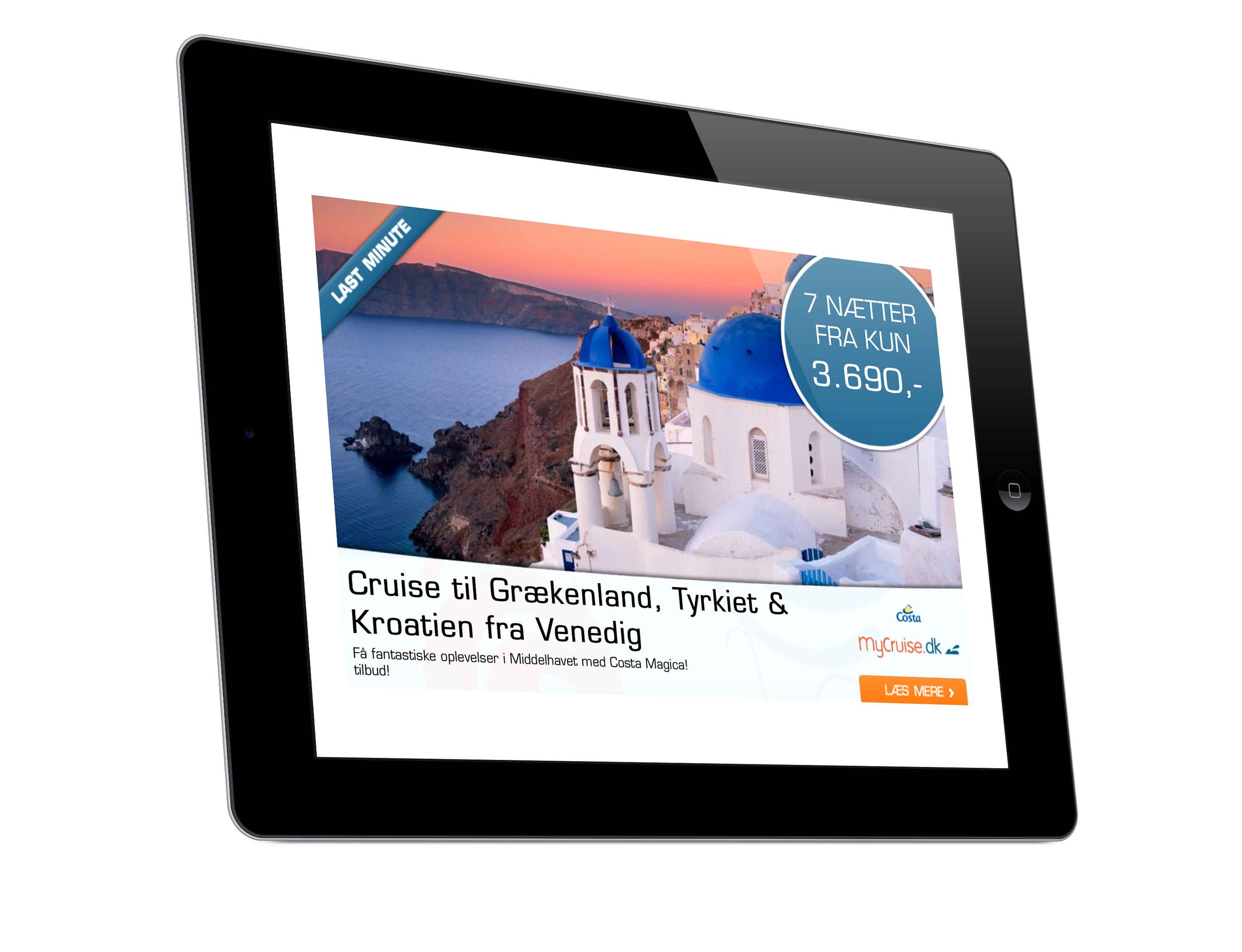
The high click through rates and interaction rates for the interactive ads indicate that interactive ads engage the finger and invite the reader to engage in ‘lean forward mode. And on the contrary, the lower CTR for the dynamic interstitials could indicate that the reader moves into a ‘lean back mode’.
The dynamic and interactive formats were found to be more informative, entertaining and engaging, and also stimulated more interest; they also rank higher on design compared to the static ads.
The demographics
-Women were significantly more likely to recall the interstitials (31% for women vs 24% for men). Also, compared to men, women were significantly more positive towards the digital interstitials, felt significantly more entertained and expressed less irritation.
-The higher the age of the respondent, the more positive their overall attitude to the interstitials was. However, age did not
significantly influence recall, not for the interstitials, nor for the printed ads.
What next for this study?
Lars Ørhøj hopes that there will be more studies like this one in the near future:
We hope, that studies like this (we will have another one ready soon which is made in cooperation with another Danish university) will help open the media houses eyes to obvious new revenue stream inside the digital products they already have – like a replica e-paper or a template-based e-paper. The study shows that user engagement rises with these Interstitials and (the next coming is my own interpretation) that by cleverly utilizing static, dynamic and interactive extra ads in a digital newspaper a more engaging (yes, engage the finger at the right times…) experience is supplied to the reader. So, enhancing and transforming is an important focus – maybe more important than radical redesign.
Read the study
For additional information via a webinar:
If you want to see some live demos of interstitials in an e-paper, Visiolink did a webinar recently, which includes some demos on an iPad. The webinar presents some of the results from the report including some product examples.
Here is a link to the recording of the webinar:
http://info.visiolink.com/video-rich-media-advertising-webinar-recording
For link to the report:
For more information about this study
Contact Lars Ørhøj
Chief Marketing Officer
lao@visiolink.com
+45 6160 2399